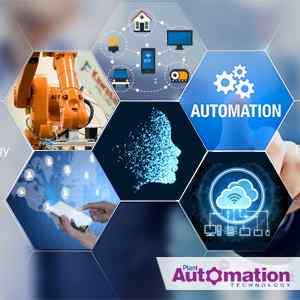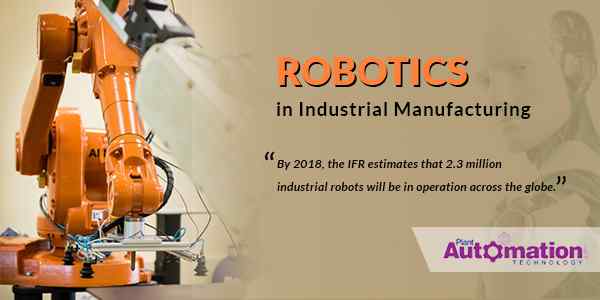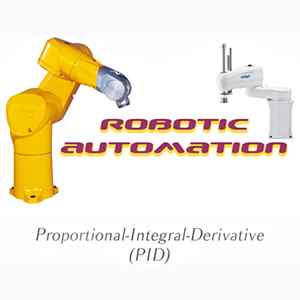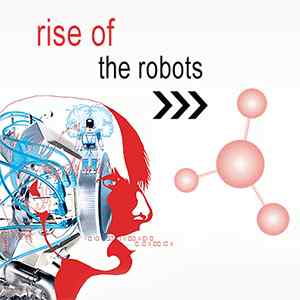Top Emerging Trends Shaping the Future of Industrial Manufacturing

Over the past years, Industrial Automation has aroused a substantial boom making the automation industry to gain momentum. The adoption and usage of automation systems have been growing at an alarming rate in the industrial manufacturing. Cited for its competence in improving resource yield, advancing product quality, while reducing waste, decreasing labor costs, and expanding production flexibility, the annual global spend on industrial manufacturing systems increased by more than 140% (according to International Trade Administration) i.e. from $65 billion in 2000 to $155 billion in 2016.
Owing to continued technology advancements, such as improved sensors, machine vision, flexible robotic platforms, and innovative end-of-arm tool instruments, annual global automation spend is expected to increase to over $300 billion by 2020. Furthermore, the spend is expected to increase to over $600 billion in the coming years as automation systems become more interconnected within process operations.
Manufacturing industry has witnessed several trends that create a shift in the way the industry operates. Let us have a spotlight on ‘Top Emerging Trends Shaping the Future of Industrial Manufacturing’:
1) Internet of Things (IoT) in Industrial Automation
Gartner foresees, 8.4 billion connected "things" will be in use in 2018-2020, which is 31 percent up from 2016.

IoT (Internet of Things) enhances automation, data collection, operations, etc through smart devices and powerful enabling technology. IOT has been used in the industrial automation for reliable and collaborative automation with respect to enabling scalable collaboration between heterogeneous devices and systems. It offers predictable and fault-tolerant real-time closed-loop control, and the inclusion of intelligent service features from edge devices to the cloud.
Internet of Things (IoT) concepts and the technology impacting the industrial manufacturing are becoming more intense. Furthermore, the ongoing developments of technology and industrial automation products are driving the Internet of Things with connected innovations including higher-performance processors, sensors, analytic software, vision systems, cloud computing, new communications (wireless & protocols) and highly distributed system architectures, among many other products.
This will lead to reducing the cost and higher performance industrial automation systems and will continue to expand the options to design lower cost and higher value products to benefit the industry.
2) Mobile Apps and Multi-Touch Technology in Automation Sector
Mobility solutions in the automation industry have a great potential to enhance the productivity, efficiency of solutions. The industrial manufacturing is going through a major change where remote monitoring and management have become the mainstream. In addition, a powerful combination of technology can be equipped for industrial automation.

Manufacturers, suppliers, and buyers are adopting new technologies and concepts to succeed in the environment of industrial automation. The demand for the mobile applications has been increasing as the latest devices and technologies are used to control systems and maximize the productivity. SCADA screens and mobile HMIs are at the top of the list of apps and every company prefers to use them.
Many organizations prefer mobile apps to increase the productivity, improve the workflow, and enhance customer relations and accepting the mobility solutions.
Usage of multi-touch technology is quite common in the automation industry. Due to its much faster operation, easy execution, every automation company is adapting this technology. On an average, action performing using a multi-touch screen can complete three times faster than with a keyboard and pointing device combinations.
Moreover, HMI/SCADA systems are now PC-based and support certain tablet user-friendly interfaces. Introduction of Windows 7, Microsoft added gesture Application Programming Interfaces that offer multi-touch screen functionality is making SCADA/HMI suppliers use multi-touch technology in a seamless and cost-effective manner.
3) Increase in the Worldwide Annual Supply of Industrial Robots
Robots are playing a significant role in the industrial manufacturing and they have been available to manufacturing sectors across a wide range of industries. Robotics is changing the face of production in the industrial automation. They are perfectly suitable for various applications such as material handling, arc welding, palletizing and plasma cutting making automation companies to enhance production flow and reduce costs.

The worldwide robot sales have been increasing at an alarming rate. In the year 2015, worldwide industrial robot sales rose by 8 percent, surpassing 240, 000 units globally, according to the International Federation of Robotics (IFR). For the third year in a row, robots sales are at an all-time high.

By 2018, the IFR estimates that 2.3 million industrial robots will be in operation across the globe.
4) Virtualization in Industrial Manufacturing
In traditional industrial automation systems, operating systems, application software, and physical hardware are tightly coupled. On the other hand, virtualization breaks this link and provides the capability to run multiple operating systems and their associated applications on the same physical hardware.

This can be achieved by executing software in individual partitions, called virtual machines (VMs). When multiple operation servers (VMs) are used into a single hardware platform, overall efficiency can be improved. This helps to decrease operating expense, energy consumption, integration, and maintenance effort.
Automation companies can adopt virtualization as it offers a lot of benefits and opportunities that clearly increase its importance and usage. The major benefits of virtualization include scalability, and its capability to easily incorporate future needs without heavy additional hardware costs.
Preferring these emerging trends help to shape the future of industrial manufacturing. The rate of adopting new automation trends is emerging globally which helps companies to enhance productivity, flexibility and manufacturing costs.











